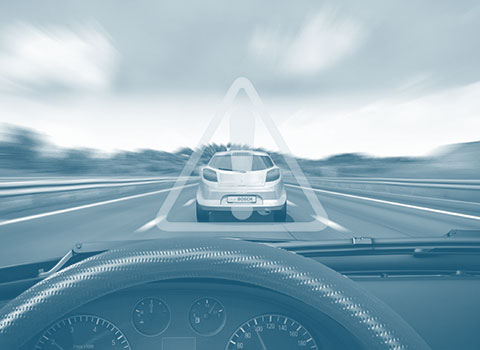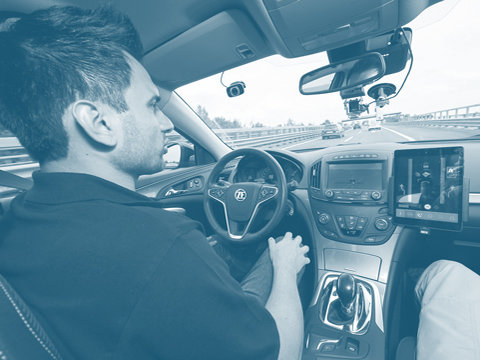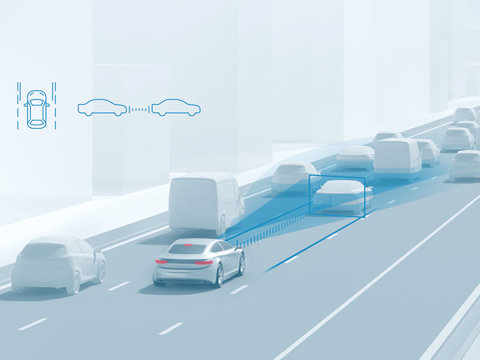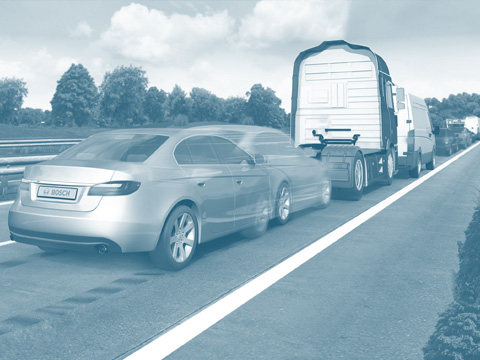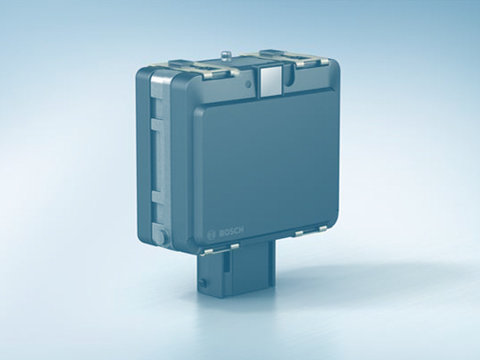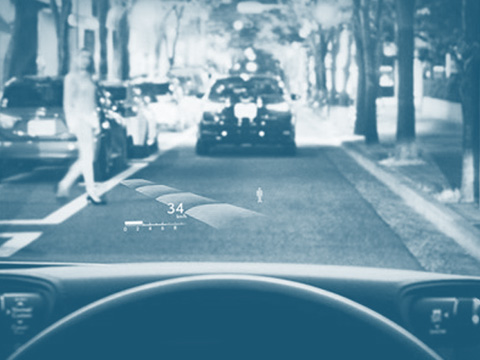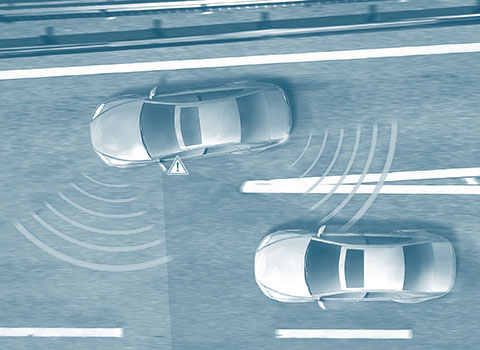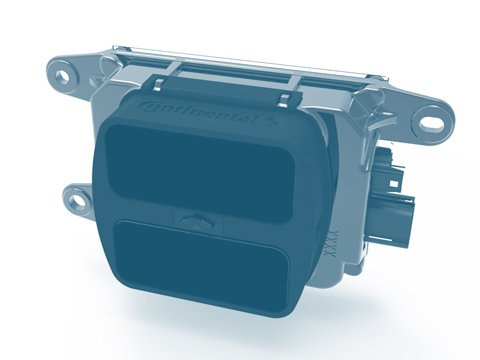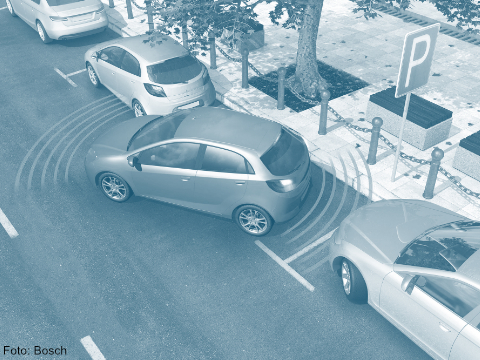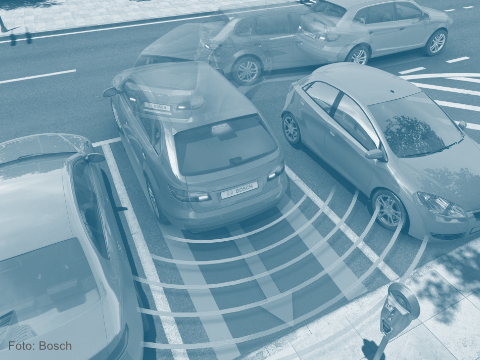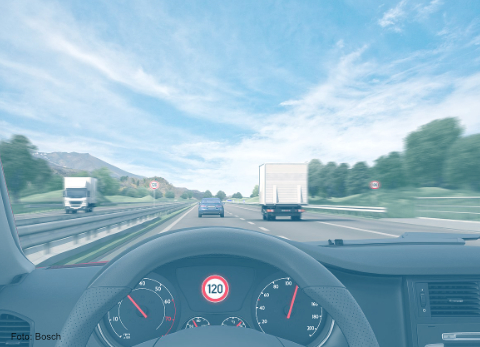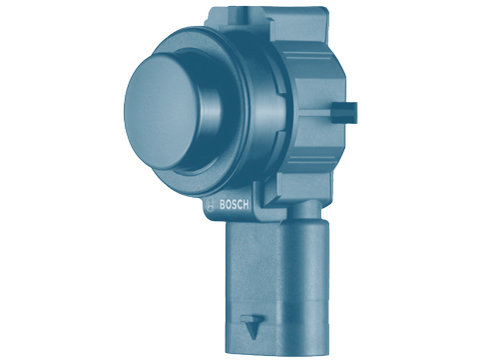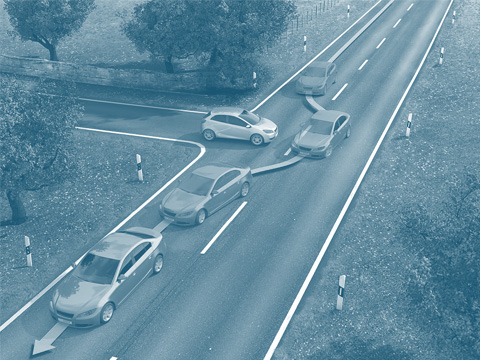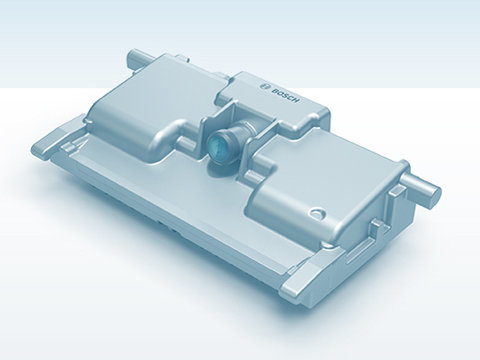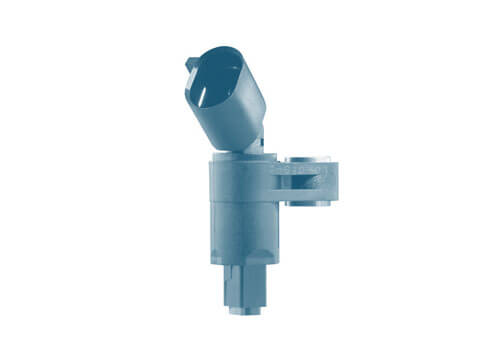Driver Assistance Systems
Advanced driver assistance systems are electronic aids designed to offer the driver help in certain situations. They are mainly intended to increase safety and comfort. Advanced driver assistance systems use radar, video or ultrasonic sensors to monitor the surrounding area in relation to vehicle data such as speed or acceleration. In critical situations such systems warn the driver with a visual, acoustic or haptic signal, provide specific assistance or intervene automatically if necessary to avoid an accident or to minimise the consequences. The following concepts come under the heading of advanced driver assistance systems:
- Anti-lock braking system ABS
- Brake assist
- Vehicle dynamics control to prevent swerving and skidding (e.g. ESP)
- Automatic speed control, cruise control
- Adaptive distance and speed control
- Automatic emergency braking system
- Lane keeping assist to warn drivers of critical lane changes
- Vision enhancement systems (e.g. headlights which swivel when cornering or rain sensors for automatic windscreen wiper actuation)
- Driver fatigue detection systems which provide a visual and/or acoustic signal to warn of fatigue and the risk of microsleep
Acoustic warning system AVAS
An Acoustic Vehicle Alerting System (AVAS) is a type of technology designed mainly for electric cars. It is also known as the Pedestrian Warning System and is designed to improve the safety of pedestrians and other road users. Vehicles with acoustic warning systems generate artificial driving sounds to draw attention to themselves, thereby preventing potential accidents.
Automatic distance control
Driving in heavy traffic and maintaining a safe distance from the vehicle in front is a tiring process requiring a good deal of concentration. Automatic distance control is an advanced driver assistance...
Autonomous driving
Autonomous driving refers to the purposeful movement of self-driving vehicles or transport systems without any intervention by the human driver.
Congestion assist
Congestion assist is a partially automated driver assistance system that combines lane keeping assist with automatic distance control.
Emergency braking systems
Emergency braking systems are an advanced development of driver-assistance systems which control the distance to other vehicles.
Environment detection/environmental sensor systems
To ensure that sophisticated driver assistance systems are reliable, they have to constantly monitor the vehicle’s surroundings to be able to precisely evaluate it. This is where environmental sensor systems come in.
Head-up display
Head-up displays enable the projection of important information without the driver having to look away from the road. You find them being used more and more – including in more compact vehicles.
Lane keeping assist
A lane keeping assist system helps motorists to avoid inadvertently moving out of a lane. A distinction is made between systems without steering assistance ("Lane departure warning") and systems with steering assistance ("Active lane keeping assist").
Lane-change assistant
The lane-change assistant is capable of preventing hazardous situations when changing lane and thus reducing the risk of accidents.
Lidar sensor
Lidar sensors are used in passenger cars to measure the distance to an obstacle, and the change in this distance.
Motorway assist
Motorway assist is a driver assistance system designed to support drivers in monotonous driving situations on motorways.
Parking aid
Parking aids are advanced driver assistance systems designed to make parking easier. Such systems monitor an area of between roughly 20 and 250 cm in front of and behind the vehicle and warn the driver about any obstacles.
Parking assist system
Active parking systems are also known as parking assist systems. They represent a more sophisticated form of parking aid system and perform the necessary parking manoeuvres either fully autonomously or semi-autonomously.
Radar sensor
Radar sensors are used in passenger cars to monitor the surroundings of the vehicle by measuring the distance to obstacles and their relative speeds.
Traffic sign recognition
Traffic sign recognition is an advanced driver assistance system which can recognise road signs and display the corresponding information in the vehicle. Traffic sign recognition is also known as traffic sign assist.
Ultrasonic sensor
Ultrasonic sensors are used in passenger cars to monitor the immediate surroundings of the vehicle and to measure distance to obstacles. They are often used in parking assist systems.
Vehicle dynamics control
The terms “vehicle dynamics control”, “electronic stability control” or “Electronic Stability Program” refer to driver-assistance systems which prevent skidding by performing targeted brake interventions in individual wheels and interventions in the engine control system.
Video sensor/camera sensor
The video sensor or camera sensor is used in passenger cars so that the driver can see important visual information about the vehicle surroundings.
Wheel sensors
Today, the anti-lock brake system (ABS) is a standard feature of all new vehicles in Europe. ESP® is not far behind. To function reliably, electronic driving safety systems need information about the speed...


